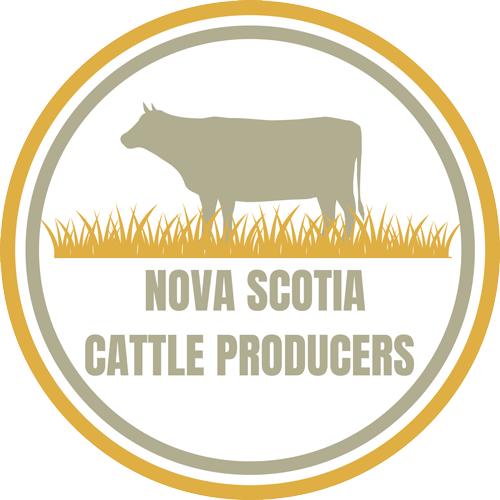The Dispensable Surplus Dairy Calf: Is This Issue a “Wicked Problem” and Where Do We Go From Here?
The Dispensable Surplus Dairy Calf: Is This Issue a “Wicked Problem” and Where Do We Go From Here?
Sarah Bolton and Marina A. G. von Keyserlingk
Surplus dairy calves consist of all dairy bull calves and any heifer calves not needed as replacements for the milking herd. The fate of these surplus calves varies by region; for example, in Australia and New Zealand they are often sold as “bobby” calves and slaughtered within the first weeks of life; whereas, in North America they are normally sold within the first weeks of life but reared for 16–18 weeks as veal or longer as dairy beef. Regardless of region, demand for these calves is often very low, driving down prices and in some cases leaving farmers with no alternative options other than on-farm euthanasia. The notion that dairy cows must give birth to produce milk and that the calves are immediately separated from the dam, many of which will end up immediately being sold as surplus calves, has become a topic of public concern. These concerns have increased given the growing number of pictures and stories in the media of on-farm euthanasia, dairy calves being transported at very young ages and frequently receiving sub-standard levels of care. In this paper we describe the status quo of this complex, value-laden issue that without transformative change is at great risk for continued criticism from the public. Moreover, despite many attempts at refinement of the existing approach (i.e., the pursuit of technical improvements), little has changed in terms of how these surplus dairy calves are managed and so we predict that on its own, this approach will likely fail in the long run. We then set out how the current surplus calf management practices could be viewed to fit the definition of a “wicked problem.” We conclude by calling for new research using participatory methodologies that include the voice of all stakeholders including the public, as a first step in identifying sustainable solutions that resonate with both society and the livestock industry. We briefly discuss three participatory methodologies that have successfully been used to develop sustainable solutions for other complex problems. Adoption of these types of methodologies has the potential to help position the dairy industry as a leader in sustainable food production.
